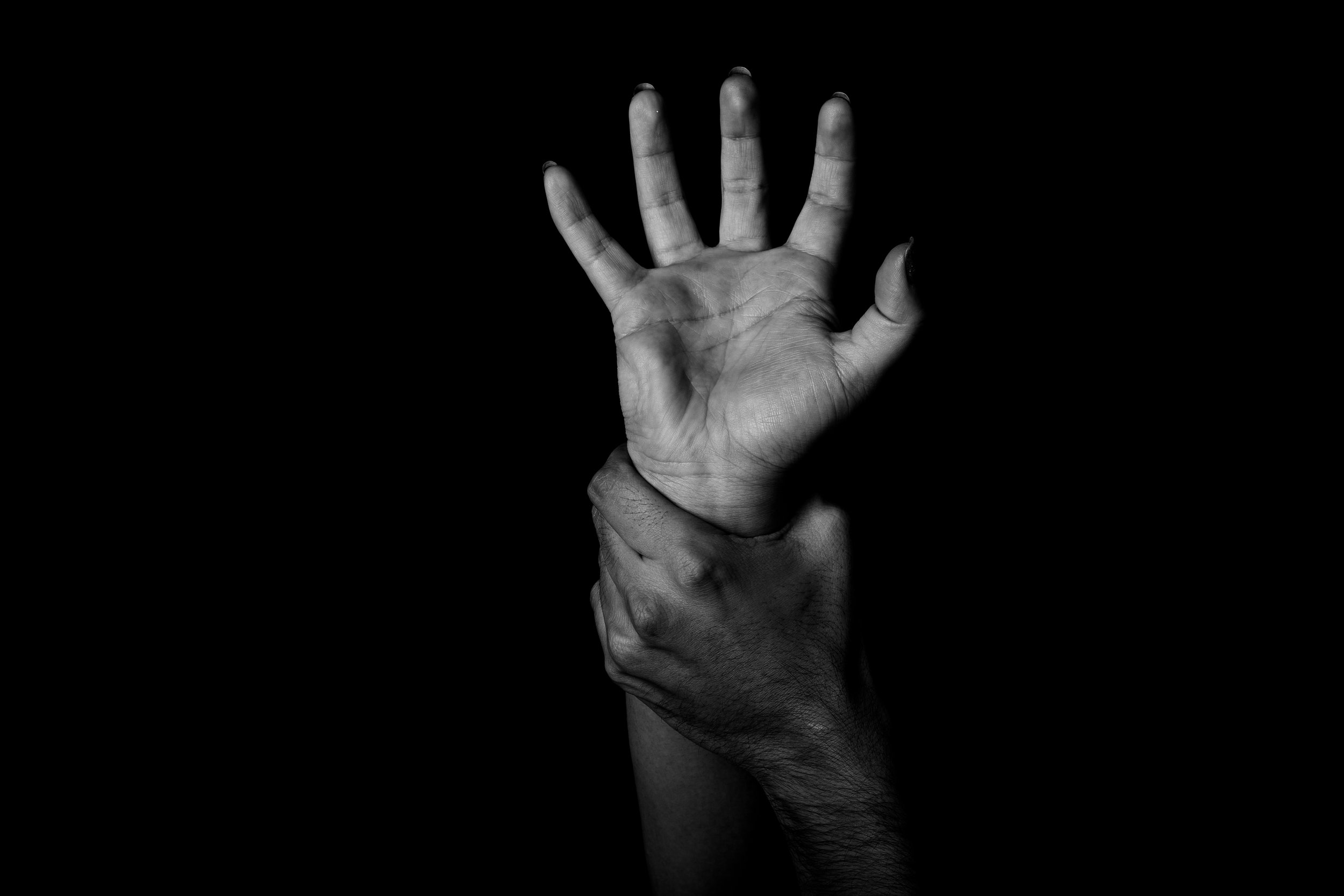Protecting Victims of Domestic Violence
Safety is paramount for victims of domestic violence. Feeling secure and protected is essential for their physical and emotional well-being. Here are some critical aspects of safety that are crucial for survivors:
Physical Safety
Safe housing: Access to a safe place to live, away from the abuser.
Personal safety plans: Developing strategies to protect oneself in an emergency.
Legal protection: Obtaining restraining orders or other legal measures to prevent contact with the abuser.
Emotional Safety
Support systems: Having a network of friends, family, or support groups to provide emotional support.
Therapy: Seeking professional help to process trauma and develop coping mechanisms.
Self-care: Prioritizing activities that promote emotional well-being, such as relaxation techniques, exercise, and hobbies.
Financial Safety
Financial planning: Creating a budget and seeking financial assistance to ensure economic stability.
Job training: Obtaining skills and education to increase earning potential.
Legal advice: Consult with a lawyer to understand legal rights and options.
Safety Planning
Creating a safety plan is essential for victims of domestic violence. This plan should include:
Emergency contacts: A list of trusted friends, family, or neighbors who can be contacted in an emergency.
Safe places: Identifying safe locations to go in case of danger.
Packing an emergency bag: Preparing a bag with essential items, such as identification, medication, and a change of clothes.
Developing a code word: Creating a code word to alert others if you are in danger.
Remember, safety is a priority for victims of domestic violence. By prioritizing physical, emotional, and financial safety, survivors can take steps toward healing and rebuilding their lives.
